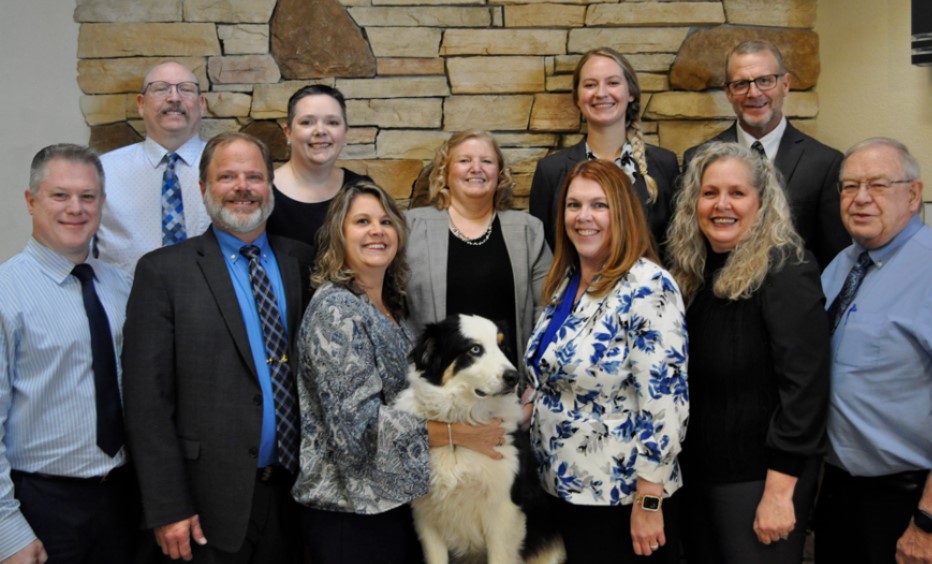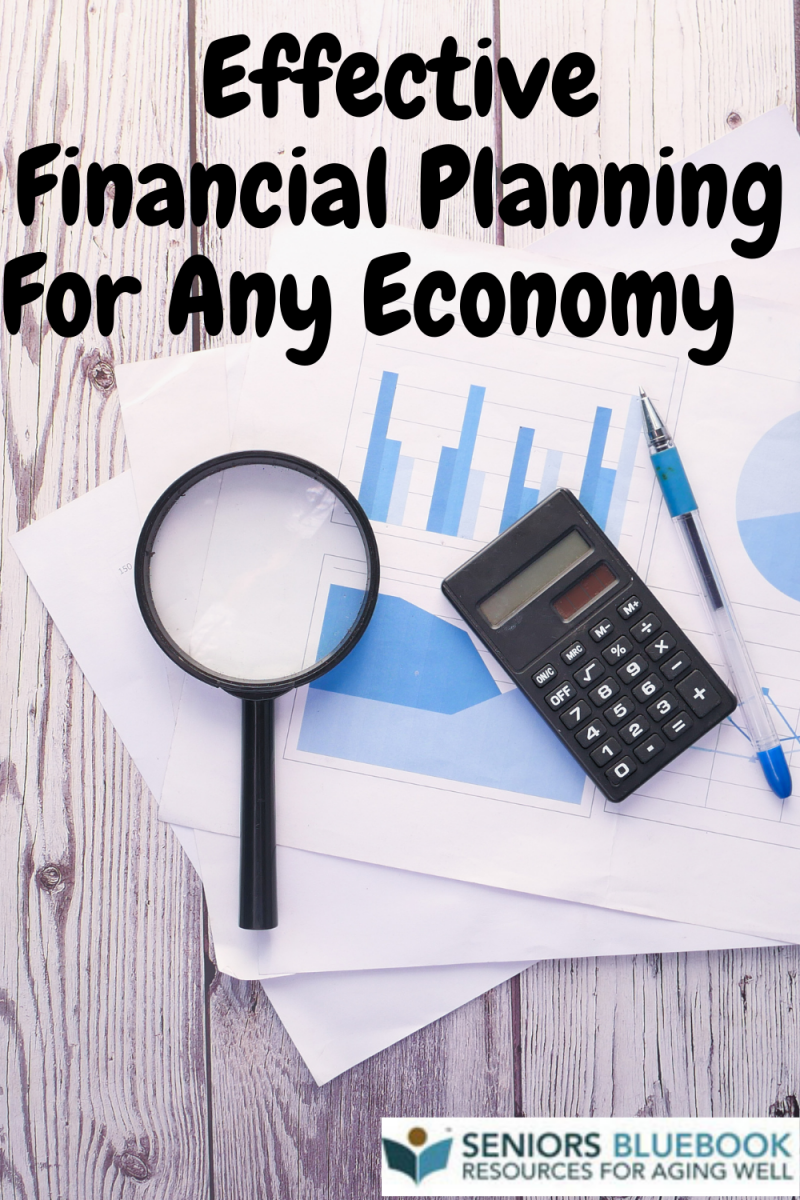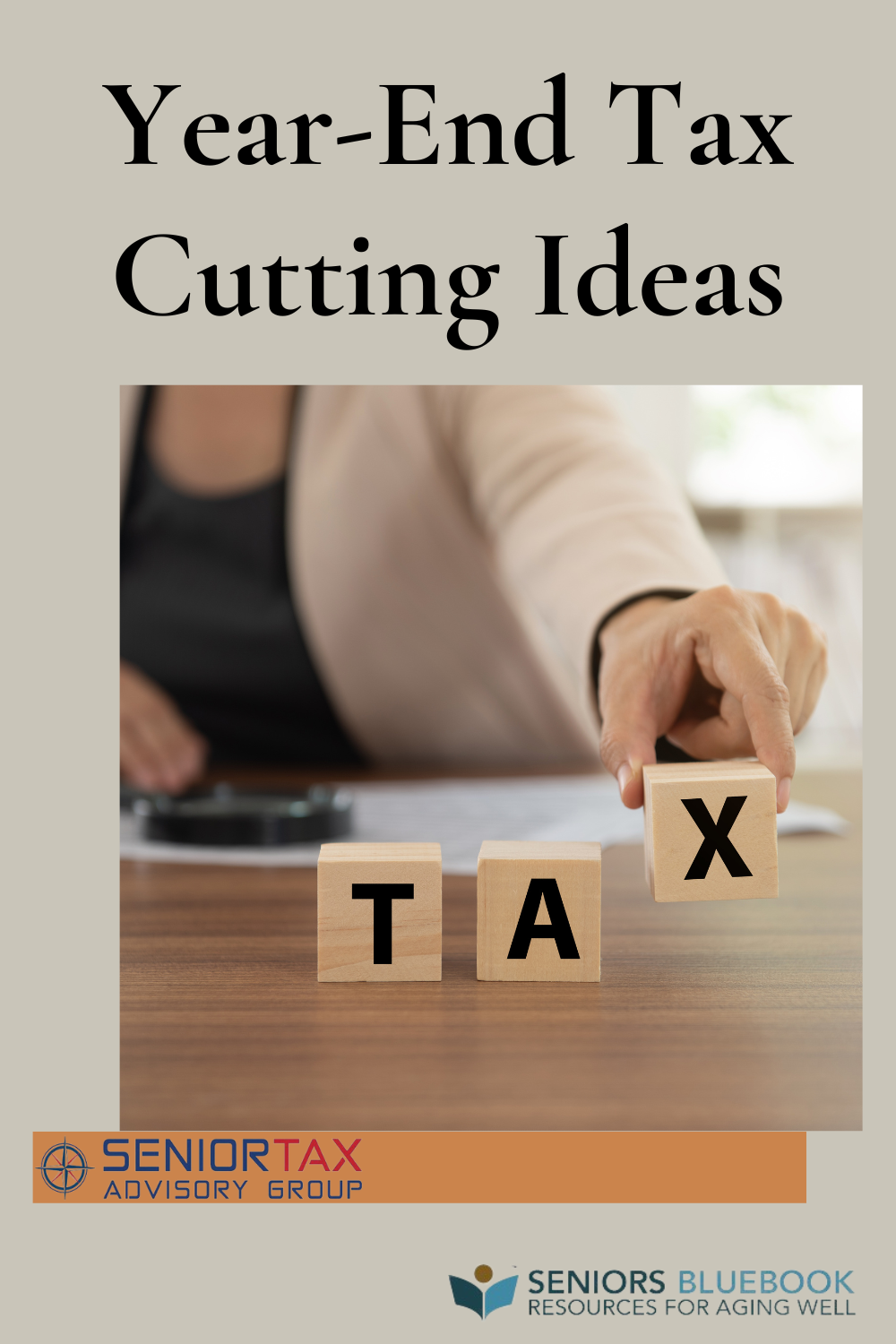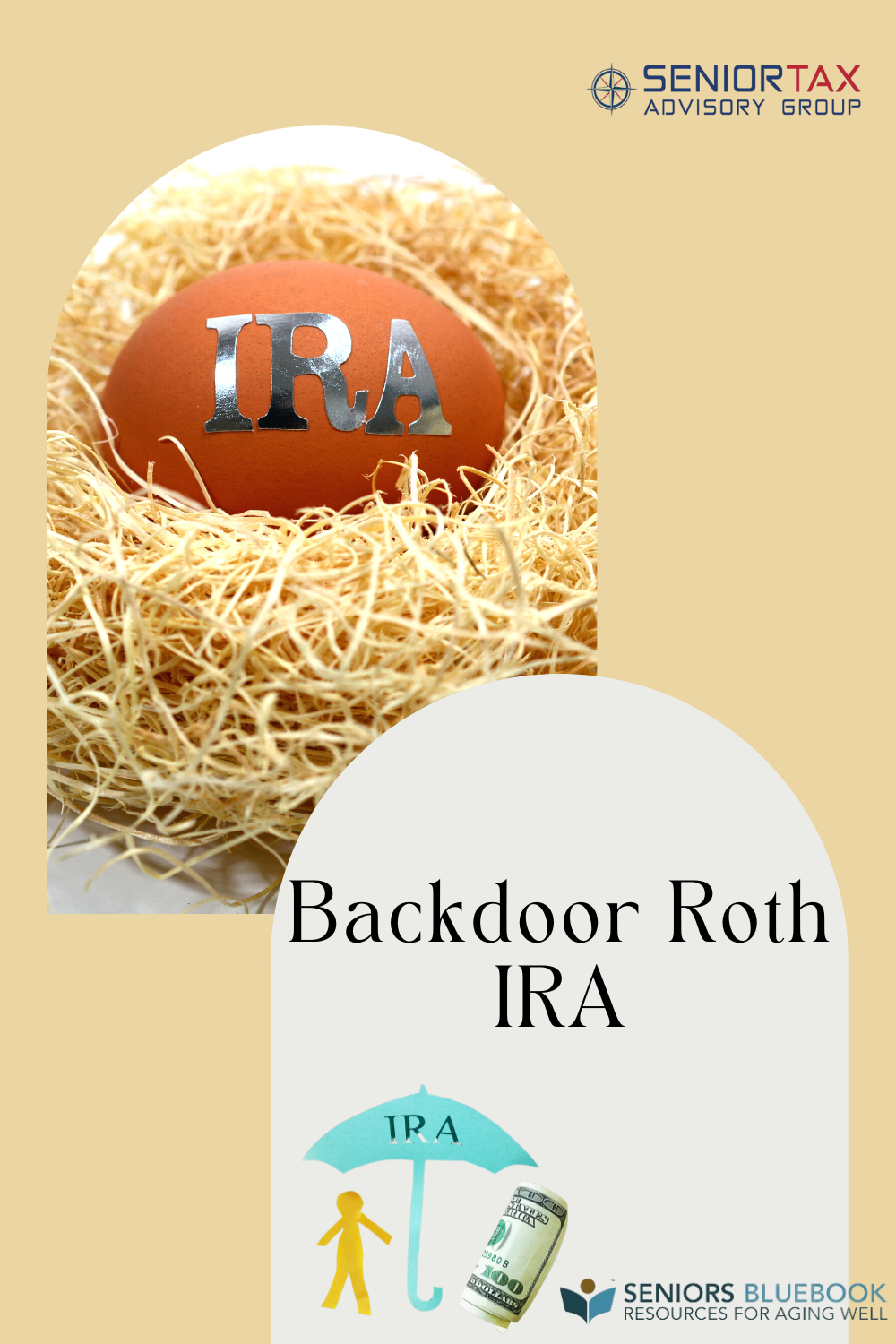PHONE
Click to View NumberSee More
Additional Services Offered
Senior Tax Advisory Group
Financial Advisor"Senior Tax Advisory Group is a company that specializes in serving the retirement needs of anyone over the age of 50. We have helped over 3,000 people in the greater Colorado Springs area since 2002. Our Review and Discovery process helps you discover if your current strategies match up with your future plans. Our proprietary process helps guide you through retirement. Well help you make informed decisions, avoid costly mistakes, lower income taxes, increase your estate size, and we are experts at removing unnecessary risk This proven process helps us create a sound plan based on facts and logic not emotion and opinions. Thats what makes our firm different!"
Senior Tax Advisory Group
Retirement Planning 6775 Rangewood Drive, El Paso County, Colorado Springs, Colorado, 80918"Senior Tax Advisory Group is a company that specializes in serving the retirement needs of anyone over the age of 50. We have helped over 3,000 people in the greater Colorado Springs area since 2002. Our Review and Discovery process helps you discover if your current strategies match up with your future plans. Our proprietary process helps guide you through retirement. Well help you make informed decisions, avoid costly mistakes, lower income taxes, increase your estate size, and we are experts at removing unnecessary risk This proven process helps us create a sound plan based on facts and logic not emotion and opinions. Thats what makes our firm different!"
Senior Tax Advisory Group
Income Tax Filing 6775 Rangewood Drive, El Paso County, Colorado Springs, Colorado, 80918"Senior Tax Advisory Group is a company that specializes in serving the retirement needs of anyone over the age of 50. We have helped over 3,000 people in the greater Colorado Springs area since 2002. Our Review and Discovery process helps you discover if your current strategies match up with your future plans. Our proprietary process helps guide you through retirement. Well help you make informed decisions, avoid costly mistakes, lower income taxes, increase your estate size, and we are experts at removing unnecessary risk This proven process helps us create a sound plan based on facts and logic not emotion and opinions. Thats what makes our firm different!"
Senior Tax Advisory Group
Annuity Specialists 6775 Rangewood Drive, El Paso County, Colorado Springs, Colorado, 80918"Senior Tax Advisory Group is a company that specializes in serving the retirement needs of anyone over the age of 50. We have helped over 3,000 people in the greater Colorado Springs area since 2002. Our Review and Discovery process helps you discover if your current strategies match up with your future plans. Our proprietary process helps guide you through retirement. Well help you make informed decisions, avoid costly mistakes, lower income taxes, increase your estate size, and we are experts at removing unnecessary risk This proven process helps us create a sound plan based on facts and logic not emotion and opinions. Thats what makes our firm different!"
Continue Your Search! Explore More Local Options.
Start SearchingLet’s engage and get educated!
Browse through thousands of expert articles in over 100 different categories.
Browse Now













